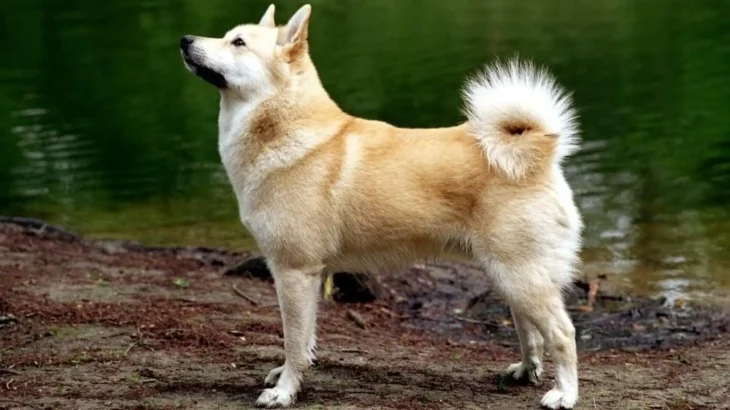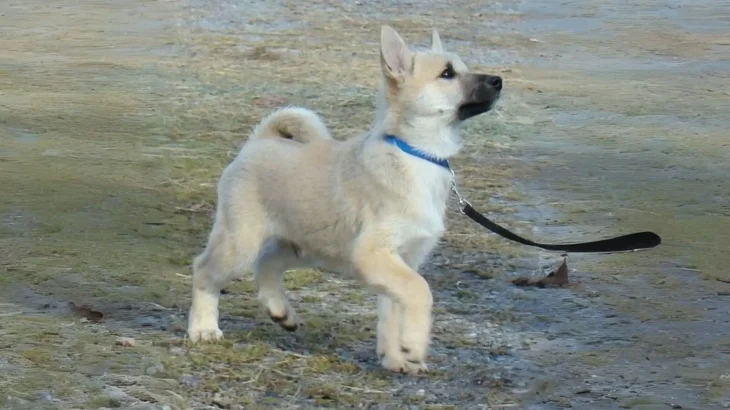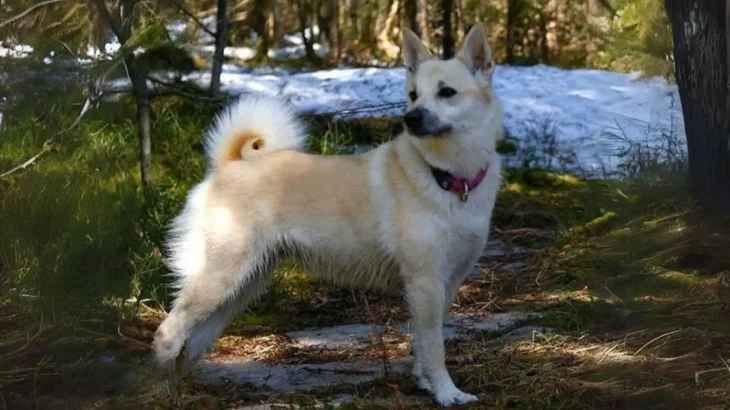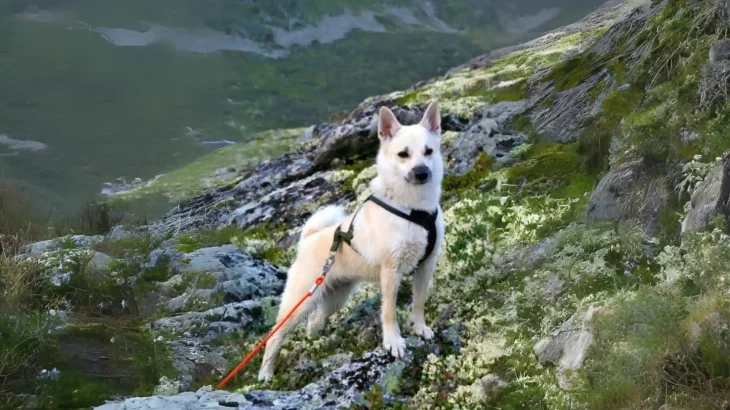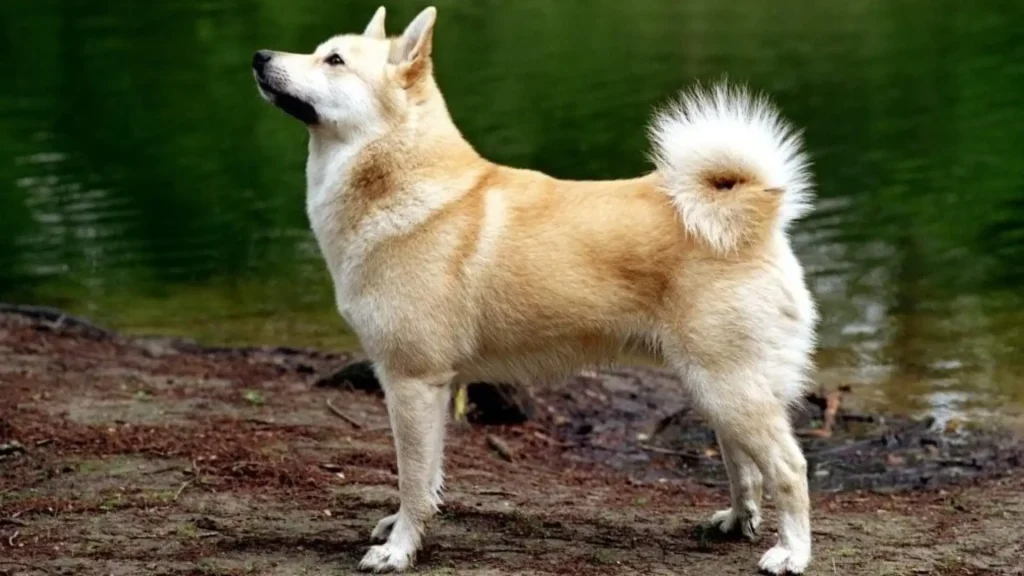When deciding between adopting or purchasing a Norwegian Buhund puppy, potential owners face unique considerations due to the breed's rarity. Buying from a breeder typically ensures access to puppies with documented lineage and health histories, while adoption opportunities are scarce but offer a chance to provide a home to a dog in need.
| Criteria | Buying from Breeder | Adopting from Shelter/Rescue |
|---|---|---|
| Cost | Higher purchase price, usually around $2,000-$2,500 depending on pedigree and availability. | Lower adoption fees, generally $50-$200, often including vaccinations and spay/neuter. |
| Health History | Breeders provide detailed medical history and genetic screening of parents and puppies. | Health history may be limited or unknown; shelters perform basic health checks. |
| Age Availability | Primarily puppies, allowing owners to raise them from a young age. | Variety of ages, though Norwegian Buhund rescues are rare; other similar breeds may be available. |
| Temperament Insight | Breeders can share lineage temperament traits and early socialization details. | Shelter staff can provide behavioral observations but may lack full background. |
| Supporting Practices | Supports responsible breeding when choosing ethical breeders; researching breeder reputation is helpful. | Supports animal welfare by giving homes to dogs in need; Norwegian Buhund-specific rescues exist but are uncommon. |
| Breed Purity & Pedigree | Ensured purebred status with pedigree documentation. | May lack pedigree papers; often rare to find this specific breed available for adoption. |

